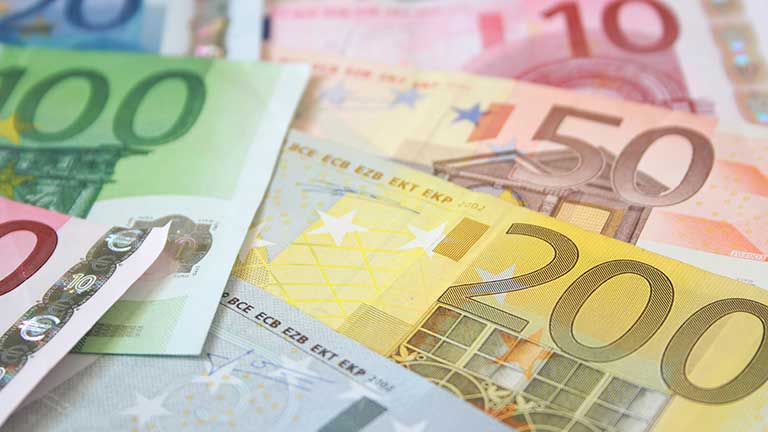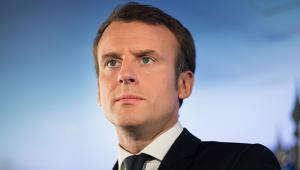In its economic forecast for the bloc, published today, the commission predicted France’s gap between spending and revenues will fall from 3.4% to 3% of GDP this year – the maximum level considered safe by EU budget laws. But that was a downgrade from previous forecasts of 2.9%.
Macron, the independent presidential candidate who swept to victory against far-right, eurosceptic rival Marine Le Pen at the weekend, had promised Brussels he would get the deficit on track, a feat not managed since before the financial crisis.
In February, he said he would cut some €60bn in public spending over the next five years and pursue a leaner civil service, reducing its headcount by 120,000.
After catering to the desires of the EU’s prudent nations, namely Germany, the ex-investment banker and former economy minister Macron hopes to capitalise on this newfound good feeling to push the bloc to boost its joint investment and set a common budget.
However the commission noted high inflation and a planned capital injection to state-owned energy company Areva threatened the 2017 deficit outlook, and predicted it would rise back to 3.2% next year without a change in policy – again a 0.1 percentage point increase on previous forecasts.
While the forecasts didn’t take into account Macron’s policy pledges, it said previous plans to cut corporate tax would play a role in this increase. Macron has pledged to cut this by 8.3% over his premiership, to 25%.
He has also planned spending giveaways for low earners, education and security. He has committed €50bn worth of investment in training, the environment, agriculture and infrastructure.
Across the whole eurozone, however, the commission said the state of the public finances is improving.
Deficit-to-GDP and debt-to-GDP ratios are expected to fall this year and the next, across both the eurozone and the wider EU, with lower interest payments and public sector wage bills set to ensure that downward trajectory continues.
The euro area deficit will fall from 1.5% of GDP last year to 1.4% in 2017 and 1.3% in the year after, compared to 1.6% and 1.5% respectively for the EU, down from 1.7% in 2016.
Meanwhile, debt as a portion of GDP will decline from 91.3% in 2016 to 90.3% this year and 89% next year in the euro area, while falling from 85.1% to 84.8% this year and 83.6% in 2018 in the EU.
The good news for the bloc’s public finances is complemented by continued gains in growth, according to the commission, which said the EU’s economy has entered its fifth year of a recovery that is now reaching all of its member states and is expected to increase at a steady pace both this year and next.
It has boosted its euro-area growth outlook for 2017 from 1.6% to 1.7%, and kept its forecasts for next year unchanged at 1.8%. GDP growth in the EU as a whole is expected to remain constant at 1.9% both years – a 0.1 percentage point rise on its previous predictions.
A significant fall in unemployment is seen as one of the surest signs of recovery – a trend the commission also said is expected to continue.
However, Valdis Dombrovskis, vice president for the euro and social dialogue, warned that the picture varies greatly between member states, with better performance recorded in countries that had pursued more ambitious reforms.
“To redress this balance, we need decisive reforms across Europe from opening up our products and services markets to modernising labour and welfare systems,” he stated.
“In an era of demographic and technological change, our economies have to evolve too, offering more opportunities and a better standard of living for our population.”













